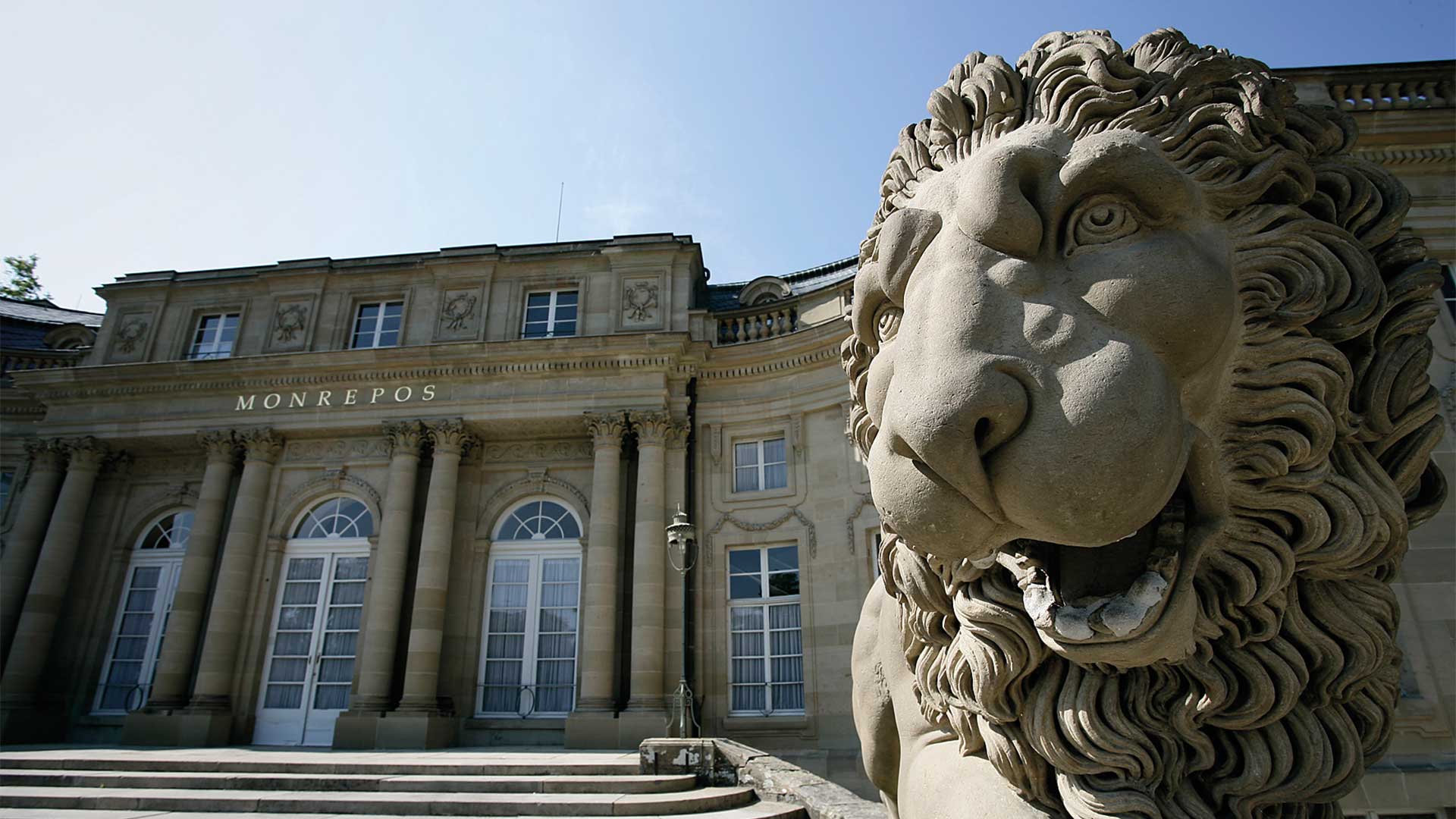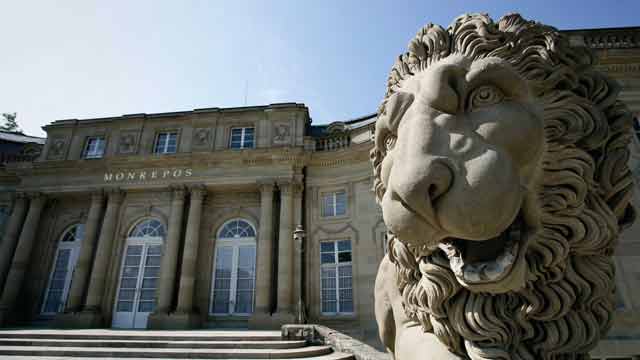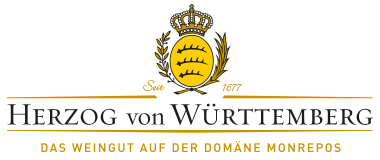
The region’s diversity in a glass – fertile soil and a mild climate for grapes to grow and ripen
The wine estate is owned by Carl, Duke of Württemberg. He has been the head of the House of Württemberg since 1975 and on the death of his father followed in his footsteps and took the helm of the family-run company “Hofkammer des Hauses Württemberg”. Apart from the wine estate, “Hofkammer des Hauses Württemberg” also manages real estate, forests and farming.
As Michael, Duke of Württemberg says: “We always have to look out for ways of taking the business into future.” This is why new grape varieties in addition to the tradition types of vine are now cultivated, including Merlot, Cabernet and Syrah. The king of the red grape varieties is Pinot Noir. This ne red wine however is very demanding in terms of location and microclimate; it is a special wine with complex aromas. Once matured it is a deep reddish purple in colour, and its bouquet can be described as full-bodied. “Customers’ tastes in wine are always changing, which is in some measure due to trend research”, comments Michael, Duke of Württemberg. One constant though is the aspiration to deliver high quality: nest German wines with an expressive terroir character and great potential for ageing.
A process of maturing,
tradition and modernity
for wine that tastes of life
“Our wines are masterpieces from the best slopes in Württemberg, and are characterised by a tradition that combines time, patience and expertise. VDP (Association of German Prädikat Wine Estates) membership commits us to satisfying the highest standards”, explains the duke. The wine estate has been a member of the VDP since 1986. The logo, a stylised eagle bearing a cluster of grapes, on every bottle is the association’s identification symbol and guarantees the high quality of its products.
The history of wine is as old as humankind itself – or perhaps older still. It is not called the “drink of the gods” after all? Both the Ancient Romans and Greeks revered their gods of wine, Bacchus and Dionysus. And, with increasing regularity, we find clues that wine played a significant role in other cultures as well. Wine was often used as a funerary object and symbolises blood spilt in the battle against the gods.

Weinberghäusle in Käsberg
Yet even this age-old history needs new or more modern methods of treatment. The duke recalls: “Vintners used to read the weather forecast in the newspapers. Today they can retrieve it online for wherever, whenever they like.” Michael, Duke of Württemberg is supported by a committed team of seven in his management of the vineyards. Flat hierarchies, horizontal communication and short decision-making processes distinguish the modern organisational structure of the present-day wine estate. “Our working climate is informal and we love what we do.” Around 250,000 bottles of wine are produced annually.
A quest for harmony balancing nature and technology in both vineyards and wine cellars and the combination of old traditions and new know-how is the recipe for success at the ducal wine estate. Not to mention, of course, a consummate skill in the processing of the pressed grapes. The barrique cellar holds 60 oak barrels, each with a volume of 225 litres. A rustic yet ne ambience, for the large clinker wall in the background recalls the time-honoured dry stone walls of the vineyard. The coat of arms of the Dukes of Württemberg also hangs here: three stag antlers under a royal crown. It is framed by laurel and oak branches. The laurel stands for the present and future, the oak for constancy.
The duke points to the barrels: “For the most part our barrique barrels are made of the nest Swabian oak, carefully selected by our forester from our own forest (Pfahlhof near Ilsfeld, editor’s note). The felled oak is around 150 to 200 years old. It is dried for three years before it is ready to be fashioned into barrique barrels, which is carried out in Burgundy, by the way.”
Old conventions give way to modern life, as visitors are ushered into a bright wine store. Effectively illuminated, the wines are presented in stylish cubes, while on the monitor video texts greet the visitors. The walls are purist white forming a rich contrast to the grained oak of the bar where the wine can be tasted in style. “Wine is a way of life, preserving our cultural landscape and homeland. Wine is life.”
INFO
Wine Estate Herzog von Württemberg
The Wine Estate Duke von Württemberg comprises 40 hectares of vineyards in the growing area of Württemberg. Almost 23 hectares are reserved for white grape varieties like Riesling, Traminer, Silvaner and Pinot Blanc, while Trollinger, Lemberger, Pinot Noir and Zweigelt are cultivated, grown and ripened on around 17 hectares.
The products of the ducal wine estate bear illustrious names:
- Eilfingerberg, Maulbronn (Riesling, Weißburgunder, Lemberger, Silvaner)
- Brotwasser, Stetten (Riesling)
- Käsberg, Maulbronn (Spätburgunder, Trollinger)
- Mönchberg, Untertürkheim (Lemberger, Spätburgunder)
Weingut Herzog von Württemberg
Schloss Monrepos 9
71634 Ludwigsburg
+49 7141 221 060
weingut@hofkammer.de





